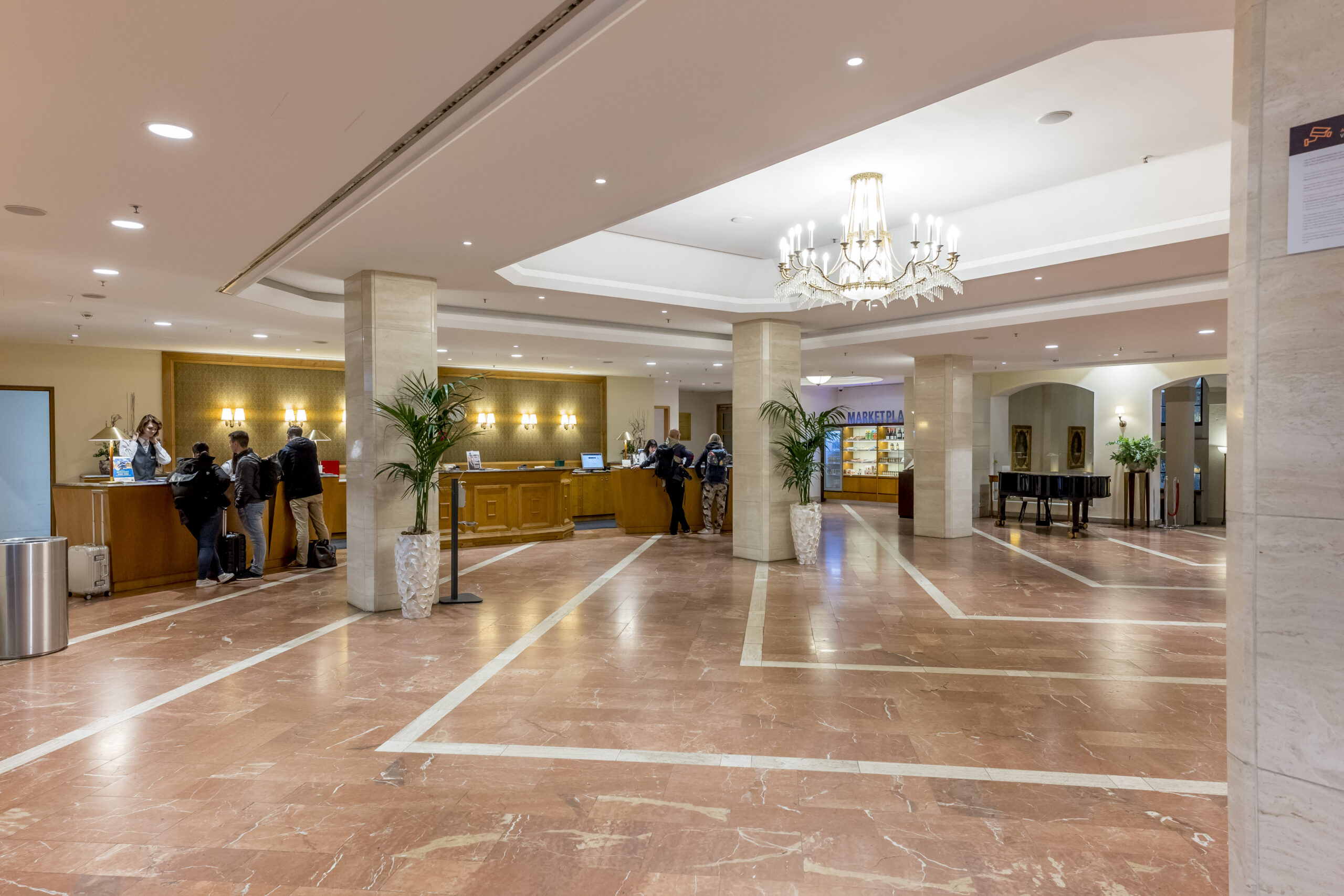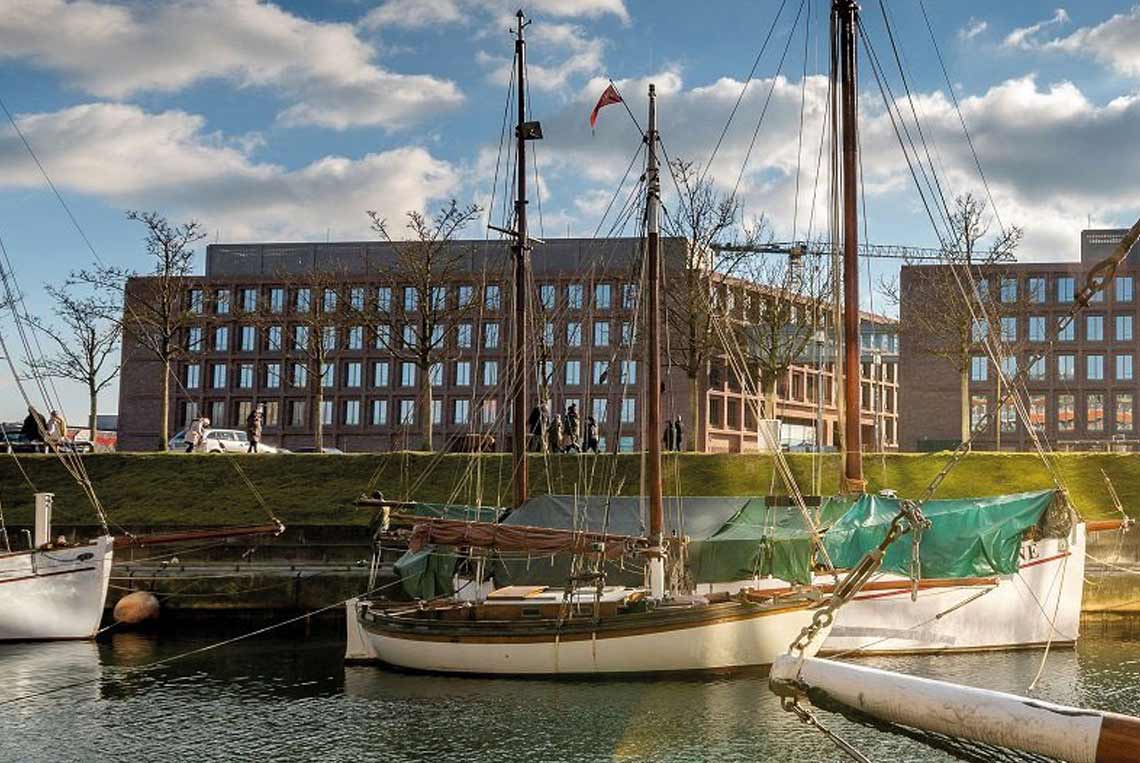LAE: Realizing functional buildings through structure and transparency
Issue 01-2021:
read all articles online
read as pdf
Experts agree: Only a common structure, already defined in the planning phase, will lead to a functional building. If all building services work with this structure and carry it through to operation, both owner and operator will benefit in numerous ways.
Three areas of expertise act in concert
We at LAE Engineering in Wiesloch follow that holistic approach. Our engineers from the fields of integral planning, building automation and management systems all work together under one roof and achieve seamless interaction through interdisciplinary thinking in order to provide the greatest possible benefits for building owners, operators and users.
EnOcean technology is ideal for making a building more sustainable in its operation. The self-powered wireless sensors collect data on building control and use it, for example, to reduce energy consumption. They function without cables, drawing their power from the immediate environment, and are thus also well suited for fast upgrades of other building functions.
Integral planning requires interdisciplinary thinking
A building project starts with integral specialist planning based on the client’s expectations of the functionality the building should provide. The integral planner defines those functions and reconciles them at a round table with all project participants.
In addition, the integral planner is responsible for defining the building’s structure at the very start of the project, thus providing orientation for all the disciplines taking part in the construction phase. The integral planner essentially ensures that all parties speak a “common language.” This common language – used from planning to operation – is a necessary cornerstone for producing an optimally functioning building.
Building automation: easy implementation
LAE building automation is responsible for integrating all building specifications and functions, while always keeping an eye on the common structure that was defined. In order to be able to accommodate potential changes in the future, LAE Building Automation divides rooms up into the smallest possible segments and plans them in detail. These segments are duplicated and distributed in a structured manner across additional rooms and areas, then across floors, and finally across the entire building and other associated properties.
Increasing complexity, the numerous functions within a building and the requirements of the Energy Saving Ordinance all increase the need to centrally map, monitor and control the multitude of information that arises.
Management systems: reliable data that provides a crucial advantage
The digitization of electrical systems and the automation of buildings play a special role in building projects. In the age of the Internet of Things, LAE’s management system expertise makes it possible to implement an appropriate information management system that records all the relevant data from one or more buildings in real time. This then gives building owners and operators the ability to monitor, evaluate and analyze that data at any time in order to minimize resources.
This is where EnOcean technology really shows its full potential. EnOcean not only makes it possible for sensor data to be transferred wirelessly and in real time, but it also enables a fast retrofitting of functions, such as CO2 sensors for controlling air quality and window sensors for reducing energy losses in winter.
Interaction of all areas of expertise provides maximum benefits
Demands for functional, sustainable buildings are continuing to increase. Building owners and operators who take a holistic approach to a building project that extends from the initial idea to operation will benefit from this growing demand.
New articles in Smart Building
Top articles





